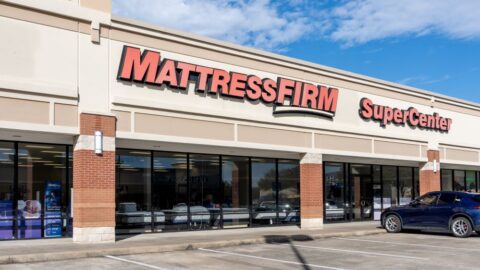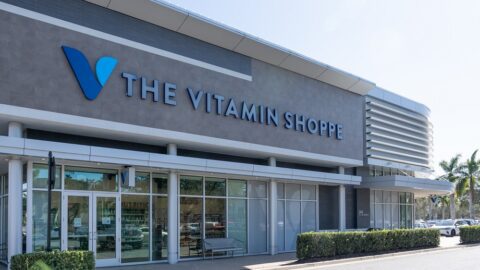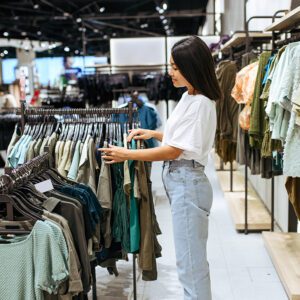In an era when consumers value a true hospitality experience — beyond just the menu or guest room — more than ever, owners and designers are rethinking traditional hospitality design. The boundaries between dining, staying and shopping are dissolving, giving rise to a new approach that allows customers to savor their experiences and hold on to their memories through unique mementos that allow them to relive those special moments at home.
The bottom line? A memorable hospitality experience is no longer confined to four walls; the latest trend in hospitality turns unexpected elements of the experience into souvenirs guests can bring back with them. By integrating design-forward retail spaces into the layout, consumers are presented with an opportunity to view and purchase mementos, such as the bath products found in hotel guestrooms or spices and sauces used in their favorite restaurants.
Experiential Retail Integration
The key to successful retail integration into new and existing hospitality spaces lies in thoughtful design and strategic placement that goes far beyond a simple merchandising stand. For example, Nighthawk Brewery & Pizza in Arlington, Va. exemplifies this approach –– merchandise is not an afterthought, but a core element of the design.
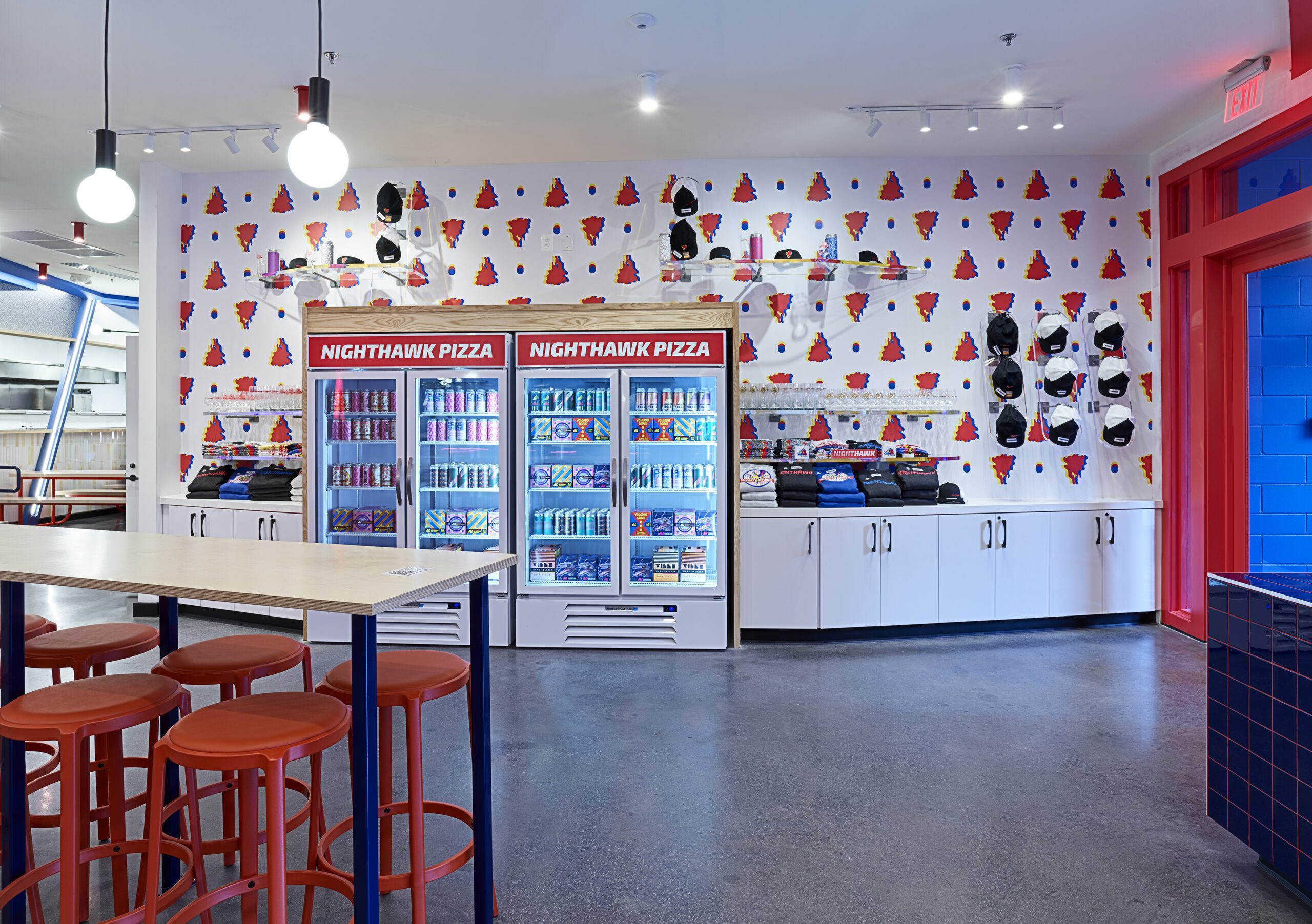
As guests enter the space, they are immediately immersed in the brand experience, including a vibrant display featuring Aslin beers, branded T-shirts, glassware, mugs, hats and stickers that transforms the entry point into a narrative environment. This strategy does more than generate additional revenue; it creates a tangible connection so customers can take a piece of their favorite dining location home.
Advertisement
A central component to the brand experience at Roasting Plant, a coffee shop in Washington, D.C., is encouraging guests to take home freshly-roasted beans from the store’s innovative Javabot™ – making the retail component of the space just as important as the café portion. By implementing a design that purposefully positions coffee bean displays near the checkout area, the layout produces an inherent touch point that transforms an impulse purchase into an extension of the café experience.
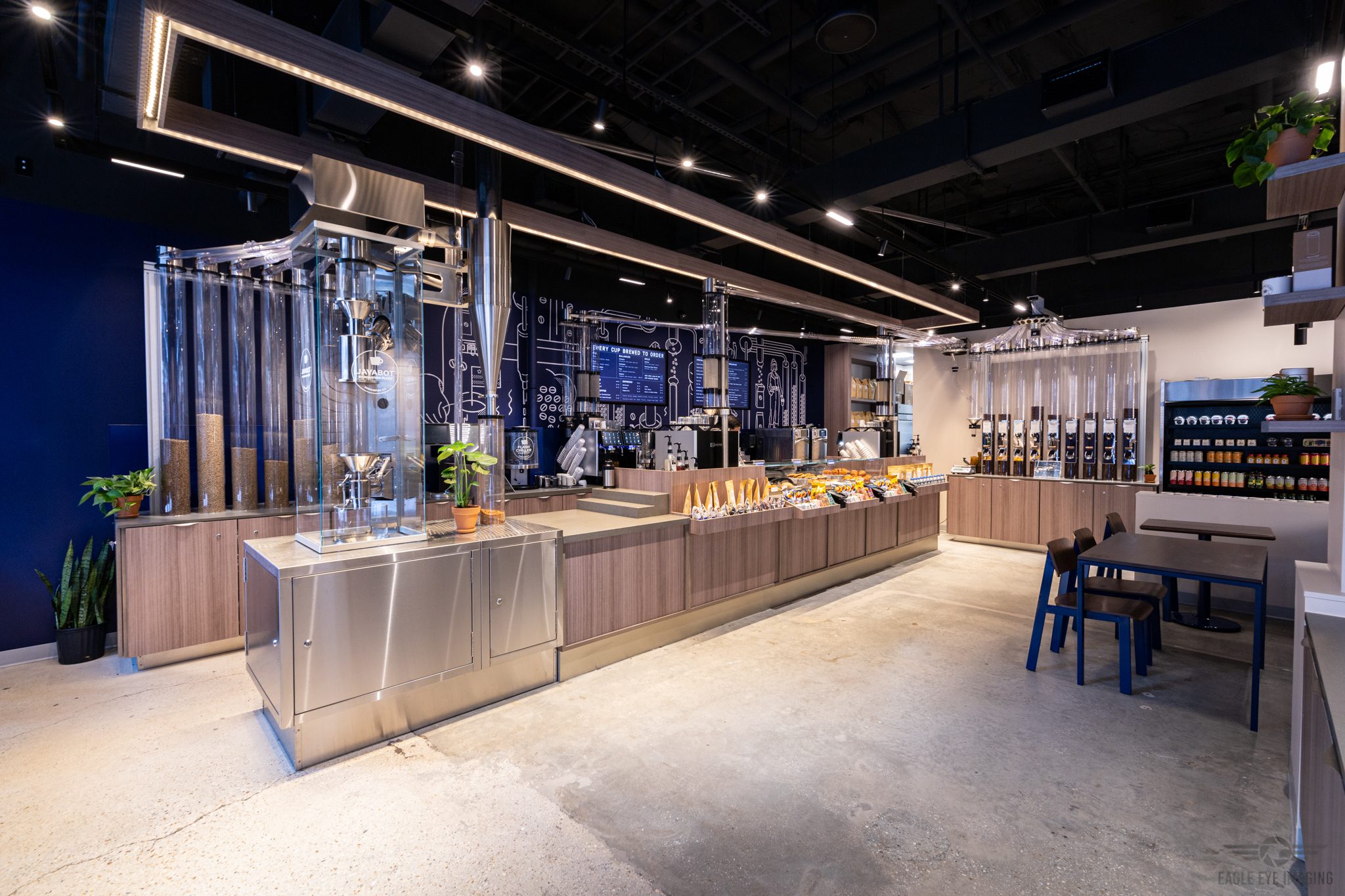
Furthermore, the stand-by queue intentionally wraps to the back of the restaurant, prompting guests to watch the roasting process and view the retail options. It encourages patrons to interact with the baristas who can share their vast knowledge of the product they are selling –– a cornerstone of the Roasting Plant brand. The placement folds human interaction into the overall experience, encouraging customers to return time and time again. This thoughtful floorplan invites customers to bring their favorite coffee beans — and that freshly brewed scent — home with them.
The merchandise trend extends far beyond restaurants and cafés, revealing a broader shift in the relationship between brands and consumers. Hotels, fitness concepts and various hospitality venues also are discovering the power of merchandise as an experiential touch point –– creating a chance for customers to rep their favorite brands and experiences far beyond the front doors.
Key Design Considerations
Seamless integration is key to making retail feel like an organic part of hospitality environments. Merchandise displays should be embedded naturally into the design rather than feeling like an afterthought. This might mean incorporating points of purchase within lounge areas, blending it into the bar or reception desk, or creating interactive elements that intrinsically engage guests.
Visibility also plays a crucial role in executing this concept successfully. Merchandise should be showcased in a way that draws attention without overwhelming the primary function of the space. Thoughtful lighting, display placement and layout ensure that retail offerings enhance rather than distract from the overall experience.
Accessibility also should be considered as a critical factor in effective retail integration. The floorplan layout should encourage an intuitive flow that leads customers toward retail offerings without feeling forced. By considering the pathways guests gravitate towardwithin the space, designers can create intuitive interactions with merchandise, making it easy and inviting for guests to explore and purchase items.
Finally, brand storytelling through consistent design is essential to ensure that retail offerings feel like an extension of the experience rather than just an add-on. Every product available for purchase should align with the venue’s aesthetic and values, reinforcing its unique identity. Whether through custom-designed packaging, locally sourced goods or signature collections, retail elements should evoke the essence of the brand.
The Future of Experiential Design
As consumer trends continue to evolve, designers can be a valuable partner in the planning and development of hospitality spaces. It’s important for brands to involve the design team from the onset in order to tap their expertise and align on the concept, developing unique ways to activate and grow their audiences.
The future of hospitality design lies in creating deeply personal environments with engaging, layered design. The ultimate goal is to curate spaces that don’t just serve a function, but tell a story. By approaching merchandise and spatial design as a holistic narrative, hospitality venues can transform transient moments into lasting connections.
David Shove-Brown is a partner and Co-founder at Washington D.C.-based, multidisciplinary architecture and design firm //3877. He is a recognized leader in the D.C. small-business community and design industry at large. In addition to his practice, Shove-Brown is on the National Small Business Association leadership council. He is a guest faculty member at the Catholic University School of Architecture and Planning, and has conducted classes at the Corcoran College of Art + Design, leading lectures for the National Building Museum, Washington Architectural Foundation, and D.C. Chapter of the American Institute of Architects. Shove-Brown has spoken at events with organizations such as BDNY, SMPS, and AIA.




